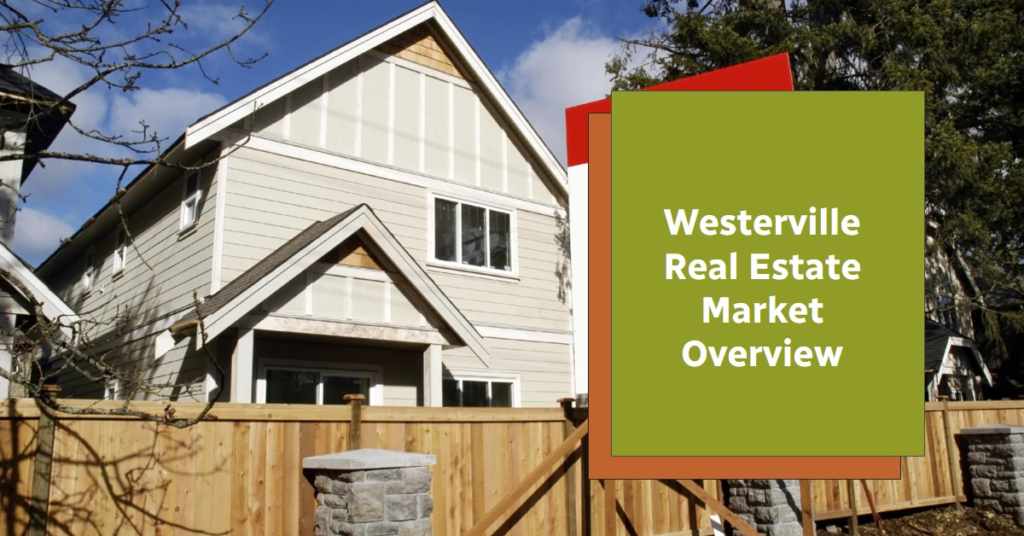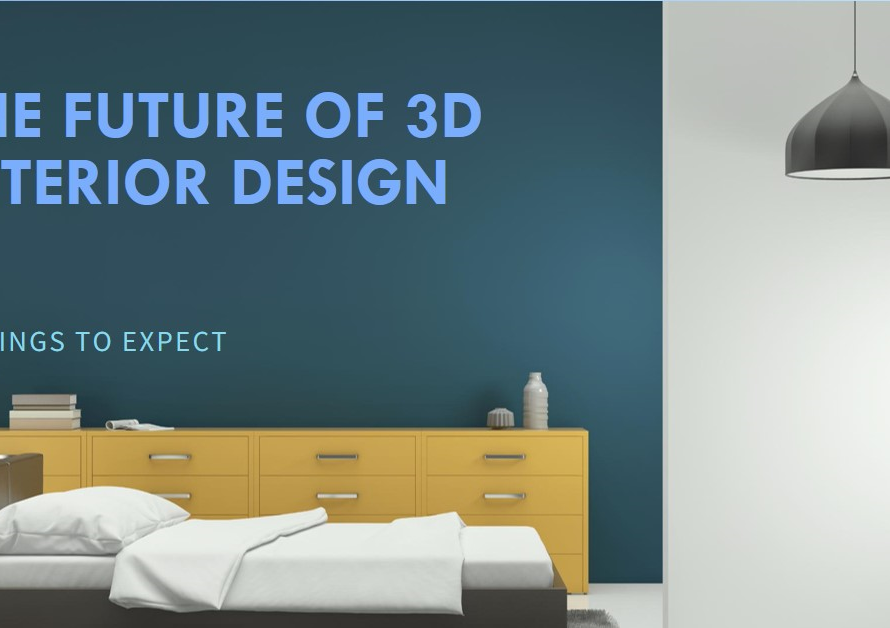
Table of Contents
- Introduction:
- Understanding the Foundation: The Role of Urban Planning
- Visionary Goals: Setting the Right Objectives
- Community Engagement: Building Consensus and Ownership
- Sustainability and Resilience: Planning for the Future
- Smart Growth: Balancing Development and Preservation
- Efficient Transportation Systems: Connecting Communities
- Mixed-Use Development: Creating Vibrant Neighborhoods
- Housing Affordability: Ensuring Inclusive Communities
- Technology Integration: Embracing the Smart City Concept
- Monitoring and Evaluation: Ensuring Continuous Improvement
- Conclusion: Crafting the Cities of Tomorrow
Introduction:
Urban planning is more than just arranging buildings and roads. It’s about creating vibrant, sustainable, and inclusive environments where communities can thrive. Effective urban planning projects consider a myriad of factors from environmental sustainability to social inclusivity. Here, we delve into the essential components of designing such projects, offering insights and strategies for professionals in the field.
Understanding the Foundation: The Role of Urban Planning
Urban planning is the process by which land use, infrastructure, and services are managed to improve the quality of life in cities and towns. Effective urban planning addresses both present and future needs, ensuring that communities are resilient, sustainable, and adaptive.
Planners must consider various aspects including transportation, housing, public spaces, and community services. A well-conceived urban plan balances economic, social, and environmental objectives, promoting sustainable development and enhancing the urban experience.
Visionary Goals: Setting the Right Objectives
Setting clear, achievable goals is the first step in any urban planning project. Objectives should be specific, measurable, attainable, relevant, and time-bound (SMART). They should reflect the needs and aspirations of the community, addressing issues like housing affordability, green spaces, and efficient transportation.
Involving stakeholders in goal-setting ensures that the objectives align with the community’s desires. Regular consultations with residents, businesses, and local authorities can provide valuable insights and foster a sense of ownership among stakeholders.
Community Engagement: Building Consensus and Ownership
Community engagement is critical to the success of urban planning projects. It ensures that the plans reflect the needs and aspirations of the people who live and work in the area. Effective engagement strategies include public meetings, surveys, workshops, and digital platforms.
By actively involving the community, planners can gather diverse perspectives and address potential concerns early in the process. This collaborative approach not only builds consensus but also enhances the legitimacy and acceptance of the project.
Sustainability and Resilience: Planning for the Future
Sustainability and resilience are cornerstone principles in modern urban planning. Projects should aim to minimize environmental impact, promote renewable energy, and enhance the resilience of communities to climate change and other challenges.
Incorporating green infrastructure, such as parks, green roofs, and permeable pavements, helps manage stormwater, reduce heat islands, and improve air quality. Additionally, resilience planning ensures that cities can adapt and thrive despite economic, social, or environmental disruptions.
Smart Growth: Balancing Development and Preservation
Smart growth focuses on sustainable urban development that balances the needs for expansion with the preservation of natural and cultural resources. This approach encourages compact, transit-oriented, walkable, and bicycle-friendly communities.
Planners should prioritize infill development and redevelopment of underutilized areas over urban sprawl. By doing so, they can reduce the need for extensive infrastructure and minimize the environmental footprint. Preservation of historical sites and natural landscapes also contributes to the community’s character and heritage.
Efficient Transportation Systems: Connecting Communities
Transportation is a critical element of urban planning. Efficient transportation systems reduce congestion, lower emissions, and improve accessibility. Planners should design multi-modal transportation networks that integrate public transit, cycling, walking, and driving.
Transit-oriented development (TOD) promotes higher density, mixed-use development near transit hubs. This not only improves access to services and amenities but also reduces dependence on cars. Safe and accessible pedestrian and cycling infrastructure further enhances mobility and connectivity within the community.
Mixed-Use Development: Creating Vibrant Neighborhoods
Mixed-use development combines residential, commercial, and recreational spaces within a single area, fostering vibrant and dynamic neighborhoods. This approach reduces the need for long commutes, supports local businesses, and creates lively, 24/7 communities.
Planners should design mixed-use areas with a variety of housing types and price points to accommodate diverse populations. Incorporating public spaces such as parks, plazas, and community centers also enhances social interaction and community cohesion.


Housing Affordability: Ensuring Inclusive Communities
Affordable housing is a key component of inclusive urban planning. Ensuring that housing options are available to all income levels helps prevent segregation and promotes social equity. Planners should employ strategies such as inclusionary zoning, housing subsidies, and public-private partnerships to achieve this goal.
In addition to affordable housing, planners should focus on quality and safety. Well-designed, safe, and healthy living environments contribute to the overall well-being of residents and the attractiveness of the area.
Technology Integration: Embracing the Smart City Concept
The integration of technology in urban planning leads to the creation of smart cities. These cities leverage digital technologies to improve infrastructure, services, and overall urban management. Smart city initiatives can include intelligent transportation systems, energy-efficient buildings, and data-driven public services.
Planners should collaborate with technology providers and stakeholders to identify and implement smart solutions that address local challenges. The use of real-time data and analytics can enhance decision-making processes, optimize resource use, and improve the quality of urban life.
Monitoring and Evaluation: Ensuring Continuous Improvement
Monitoring and evaluation are essential components of effective urban planning. Continuous assessment of project outcomes helps identify areas for improvement and ensures that objectives are being met. Planners should establish clear metrics and benchmarks to measure progress and success.
Regular feedback loops, involving community input and data analysis, can inform adaptive management strategies. This iterative process allows for the refinement of plans and the integration of new insights and innovations over time.
Conclusion: Crafting the Cities of Tomorrow
Designing effective urban planning projects requires a holistic and integrated approach. By setting clear objectives, engaging the community, promoting sustainability, and embracing innovation, planners can create urban environments that are vibrant, inclusive, and resilient.
As cities around the world continue to grow and evolve, the principles of effective urban planning will play a crucial role in shaping the future of our urban landscapes. By focusing on the needs of today while planning for the challenges of tomorrow, we can build cities that are not only functional but also inspiring places to live, work, and play.


